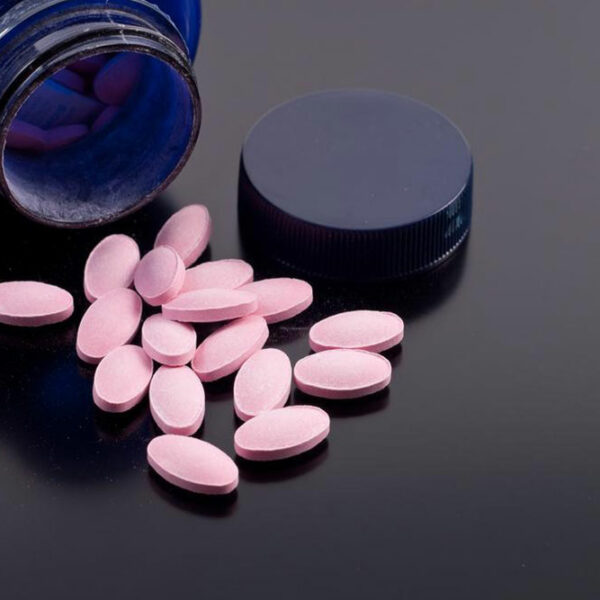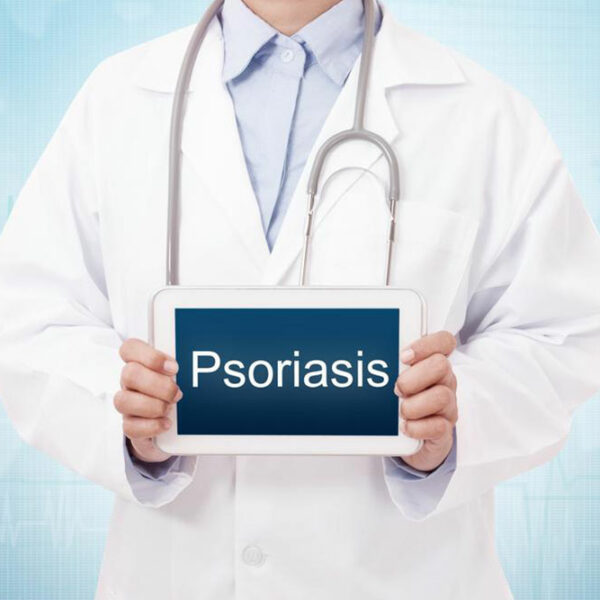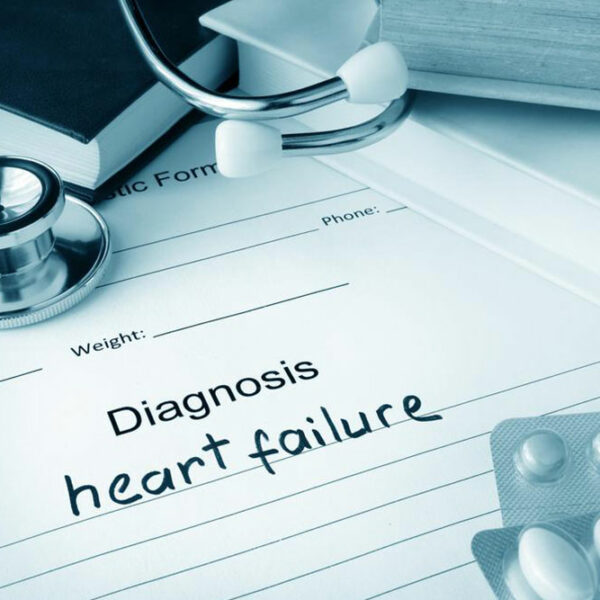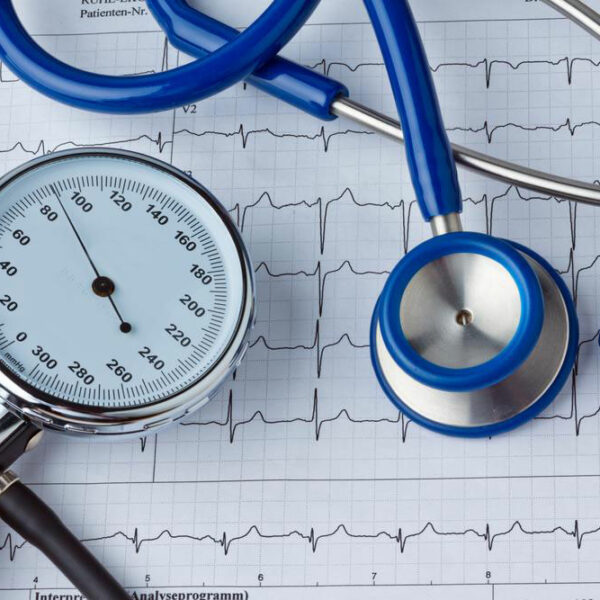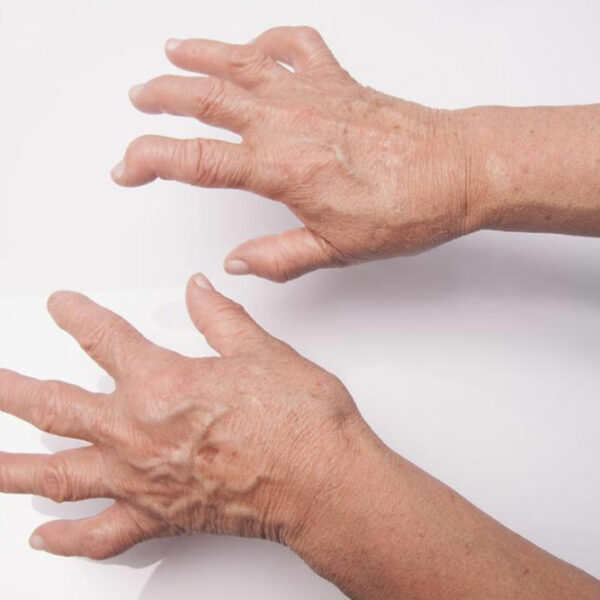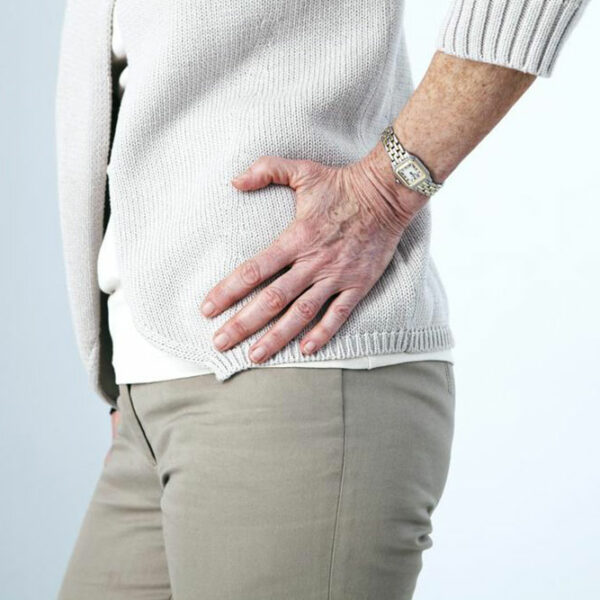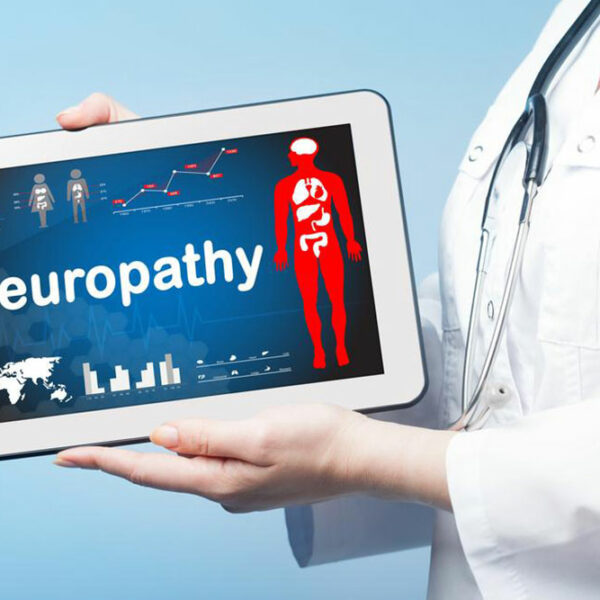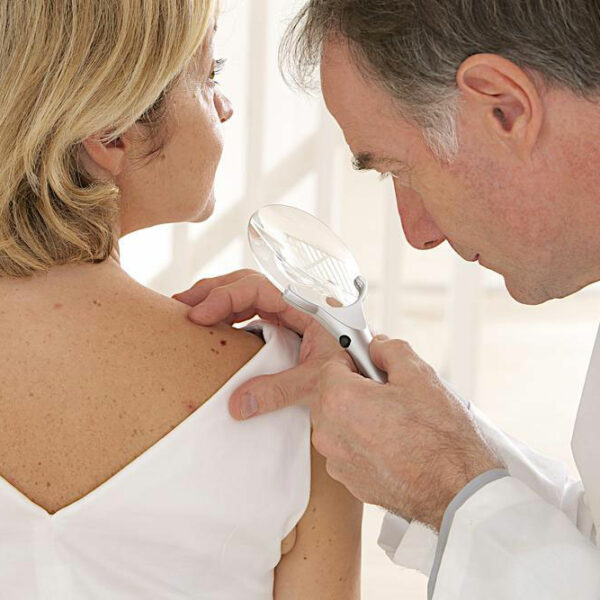
What is a mold allergy?
Molds can grow at any place – from dried leaves to logs to your window ledges. Even moist places like kitchens and washrooms provide optimum condition for mold to thrive. Some people have serious allergies to these molds, which wreaks havoc on their health. There are about 1,000 species of mold found in the US and a substantial number of them are not visible under naked eyes. When these minute molds become air-borne, they can cause allergies among people. What are the symptoms of mold allergies? The signs and symptoms of mold allergies are somewhat similar to that of other respiratory allergies. That is why it becomes very difficult for the affected person to understand that he or she has mold allergy. Some of the most common symptoms of mold allergy include: • Nasal congestion and runny nose • Sneezing and frequent coughing • Itchiness in the throat • Wheezing • Irritation in the eyes Some people also find it difficult to breathe when affected with mold allergy. How can a mold allergy be managed? If you feel that you have mold allergy or affected with symptoms that are similar to mold allergy, you should consult an allergist without any delay.
